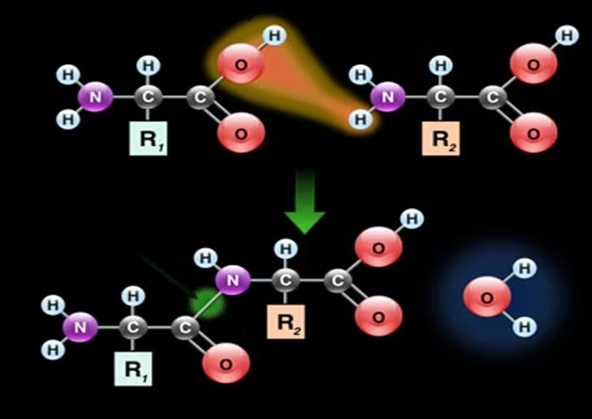The Science Behind Peptides: Unlocking their Potential

Bio-active peptides are fascinating compounds that have immense potential for use in many fields from medicine to nutrition. This comprehensive guide explores the science behind peptides. It explains their structure, function, and how they can contribute to health and wellbeing.
Understanding Peptides
Peptides are amino acid chains that are shorter than 50 amino acids. They form the building blocks for proteins. Peptides are smaller than proteins, which are composed of long peptide chain. They usually contain less than 50 amino acid. The compact structure of peptides allows them to have specific biological effects in the body.
Structure Diversity
It is no surprise that peptides have a wide variety of structural forms. This diversity contributes to the diverse functions they can perform. Linear peptides and cyclic peptides play a unique role in biological processes. This structural versatility is key to unlocking the bio-active potential of peptides.
Bioactive Peptides: Functions
Bio-active Peptides have a wide range of functions. They can act as enzyme inhibitors or even transporters of nutrients. Some peptides play a role in cell communication while others are crucial in modulating immune responses. Understanding their functions is crucial to harnessing the potential of these peptides in different applications.
Health and Wellness Applications
Bio-active peptides, found in foods such as fish, milk, and eggs, have attracted attention due to their potential benefits for health. These peptides have been associated with antihypertensive properties, antioxidant activity and even antimicrobial qualities. Researchers are exploring the possibility of incorporating these peptides into functional foods to enhance health benefits.
Peptides as Medicine
Research is ongoing in many areas, including cancer treatment, diabetes control, and neurological disorders. The pharmaceutical industry is gaining popularity for peptide-based drugs due to their specificity, and the lower risk of side effect. Examples of peptide-based drugs include antimicrobial and receptor-specific peptides.
Peptide Synthesis and Engineering
The development of bioactive peptides has been boosted by advances in peptide engineering and synthesis. Researchers can now customize peptides to have specific properties that enhance their stability, bioavailability and target specificity. The ability to tailor peptides allows the development of more targeted and effective therapeutic interventions.
Challenges and future directions
Even though the potential is enormous, there are still challenges, such as delivery, peptide stability and large-scale manufacturing. Researchers are working to overcome these obstacles in order to unleash the full potential of bioactive peptides. Future directions will include exploring the role of microbiome in peptide metabolic pathways and improving our understanding of complex interactions between peptides, cellular receptors, and the microbiome.
Bio-active peptides are a field that is constantly evolving and offers a wide range of opportunities for medical advancements, nutritional advances, and more. The potential of peptides to revolutionize wellness and health is becoming more apparent as research unravels the complexities. This comprehensive guide is a road map to the world of bioactive peptides. It encourages further exploration and innovation on this exciting frontier in science.
This article was written by a peptide professional from Domestic Peptides. Looking for Peptides for sale? Well, look no further. Welcome to Domestic Peptides where you’ll find a huge selection of Research Peptides for sale and Research Chemicals for Sale, all made in the USA.






